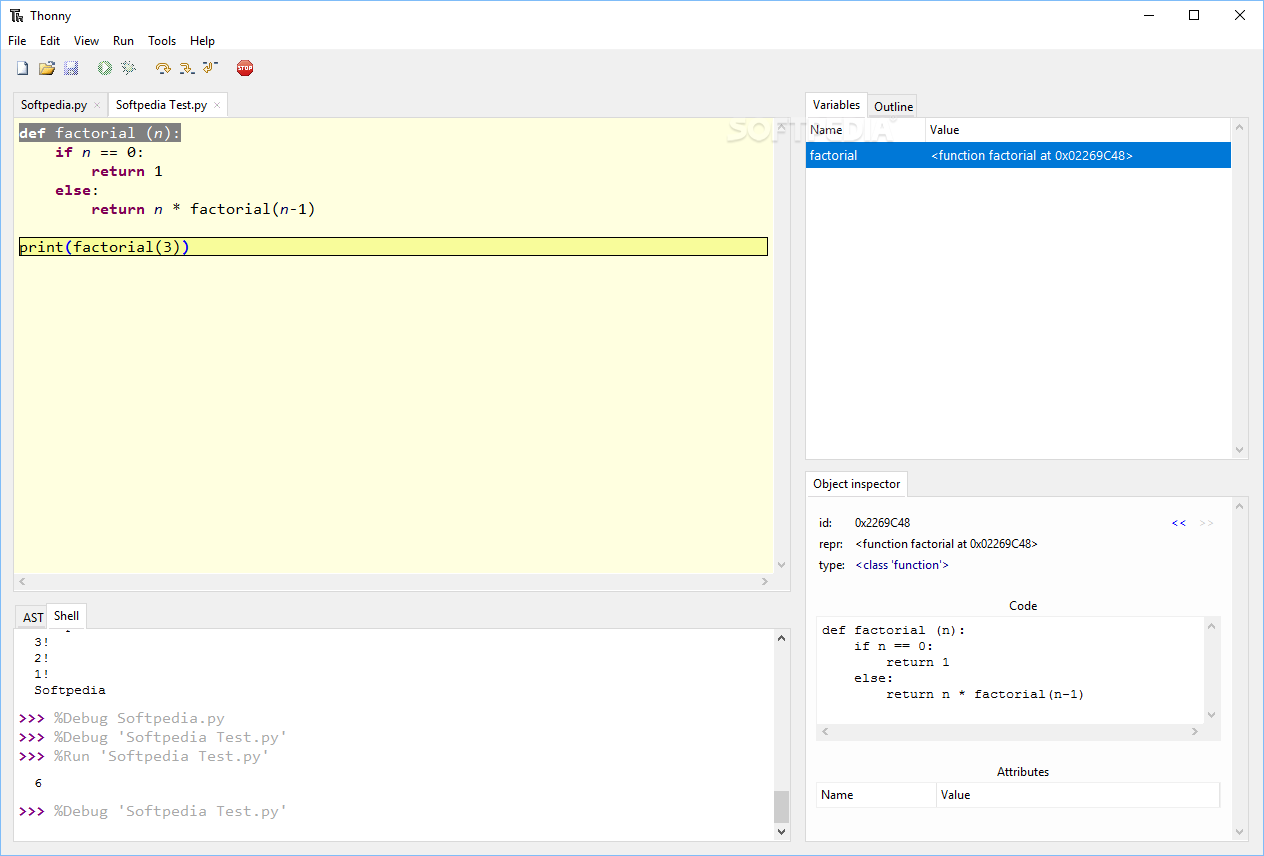
Of course, in true IDE style it comes with an independent shell, a debugger tool, a text editor, and even an auto-complete feature, and a variable window to keep track of used variables throughout your source files. With its basic UI, it allows the user to find features and common task-based options easily without learning nearly as much of the details as some others that will be included in this analysis. If a beginner is fresh into the IDE scene, Thonny is a definite stop on the exploration of options. As for the experience itself, Thonny is basic, but that’s not a reason to discount it. Thonny is available for download on Windows, Mac, and Linux distros, and offers a solid experience across all three OSes.

Top 6 Python IDEsįirst we’ll take a look into the bare-bones package of IDEs available to us, Thonny. Here we’ll look at the market for Python IDEs and examine how they compare to better illustrate what a new user may want from their IDE. We recently took a close look at five online IDEs. As an added bonus, many IDEs across different languages and publishers will typically offer project-specific boilerplate code, which is abundantly helpful not only for beginners but also for experienced developers. IDEs contain your projects, offer a place to build and test them (independent of your underlying system) and come with endless amounts of plugins for specific use cases within development patterns.

#THONNY FOR ANDROID SOFTWARE#
In software development it is common practice to utilize the comfort and ease of use of an IDE. Once you’ve decided to learn Python, or are an experienced user looking for the best environment for coding, you want to look into IDEs, or integrated development environments. Python is soaring in popularity and is one of the best and easiest languages to learn.


 0 kommentar(er)
0 kommentar(er)
